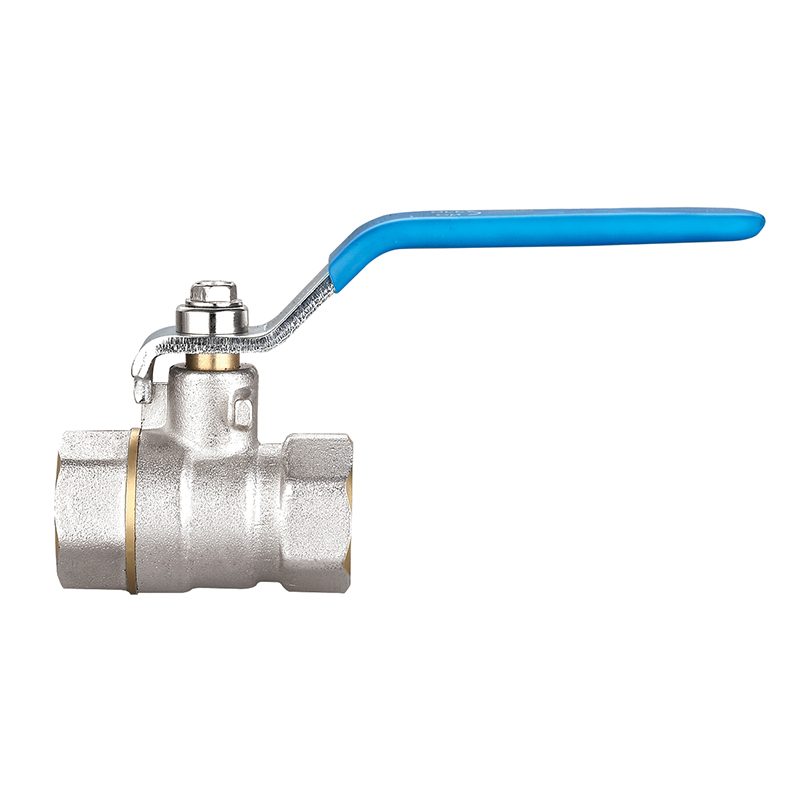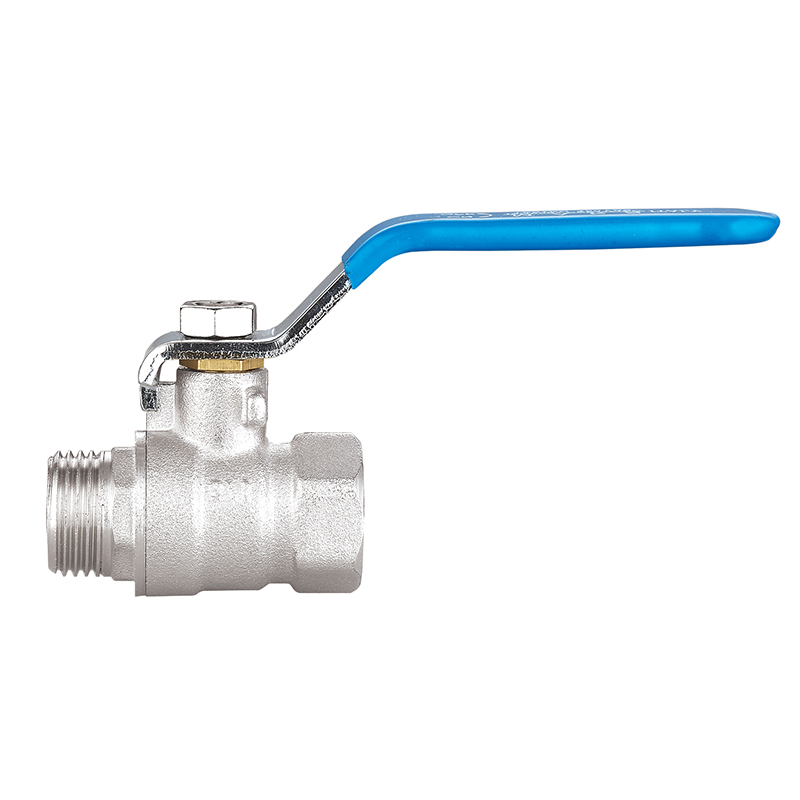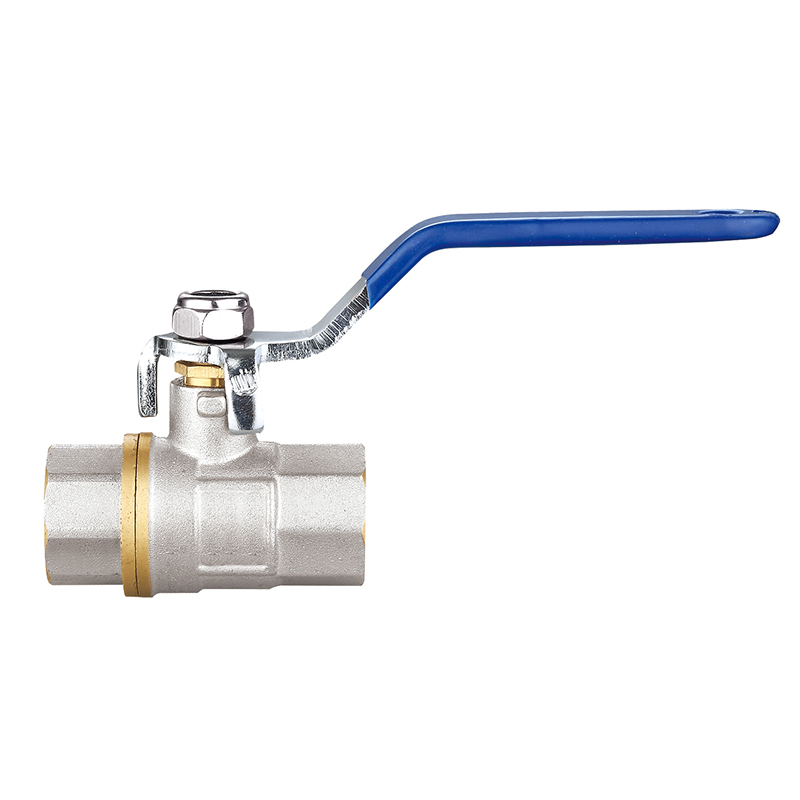Achieving Excellence in Float Valve Manufacturing: A Focus on Precision and Efficiency
2025-10-31
Why is Precision Important in Float Valve Manufacturing?
Precision is critical in float valve manufacturing because even the smallest deviation in the valve's dimensions or operation can compromise the efficiency of an entire system. Float valves work by sensing the level of liquid in a tank or system and adjusting the flow of fluid to maintain a set level. The float’s position determines the opening or closing of the valve, and a slight misalignment or error in sizing can result in malfunction, leakage, or inefficient fluid management.
For example, if the valve is slightly out of alignment or the float mechanism is too heavy or too light, it may not respond accurately to changes in liquid levels. This could lead to overfilling, underfilling, or even system shutdowns in critical applications.
How Do Float Valve Manufacturers Ensure Product Quality and Reliability?
Ensuring product quality and reliability is essential for float valve manufacturers, as these valves are often used in critical systems where failure can lead to downtime, safety hazards, or costly damages.
Raw Material Selection:** Quality starts with the materials used to manufacture the valves. Manufacturers carefully select materials that offer durability, corrosion resistance, and compatibility with the fluids they will regulate. Stainless steel, brass, and plastic are common choices, each selected based on the specific demands of the application.
Strict Quality Control:** During the production process, manufacturers conduct rigorous inspections and testing at multiple stages. This includes visual inspections, dimensional checks, pressure tests, and performance evaluations. Automated testing equipment ensures that each valve meets predefined specifications before it leaves the factory.
Reliability Testing:** To verify the reliability of float valves, manufacturers simulate real-world conditions such as high pressure, fluctuating temperatures, and prolonged operation. This testing helps identify potential failure points, allowing engineers to refine the design and materials used.
How Do Float Valve Manufacturers Optimize Production Efficiency?
Optimizing production efficiency is a key goal for float valve manufacturers, as it directly impacts their ability to remain competitive in the market. Several strategies are employed to streamline manufacturing processes and reduce costs while maintaining high-quality standards.
Shuangwei utilizes automated machinery and robotics across various stages of manufacturing, including precision machining, assembly, and testing. This automation reduces manual labor, accelerates production, and ensures consistent quality. With the help of CNC machines and robotic arms, the company can perform repetitive tasks with greater accuracy, minimizing human error and enhancing operational efficiency.
The company also embraces lean manufacturing principles to optimize its operations. By focusing on eliminating waste, Shuangwei has significantly reduced excess inventory and improved lead times. Techniques such as just-in-time inventory management ensure that raw materials are available exactly when needed, avoiding unnecessary stockpiling and associated costs. Regular evaluations of production workflows help identify bottlenecks and optimize resource usage, contributing to continuous improvement.
Employee training and engagement are also key components of Shuangwei's approach to efficiency. The company invests in regular training programs to ensure workers are proficient in operating advanced machinery and familiar with the latest quality standards. Engaged and well-trained employees are encouraged to contribute ideas for process improvements, fostering a culture of innovation that drives ongoing optimization across all production stages.
Through these integrated strategies, Shuangwei Valve Co., Ltd. has successfully optimized its production processes, maintaining both high efficiency and top-tier product quality.
Whether you want to become our partner or need our professional guidance or support in product selections and problem solutions, our experts are always ready to help within 12 hours globally.




 русский
русский Español
Español عربى
عربى





